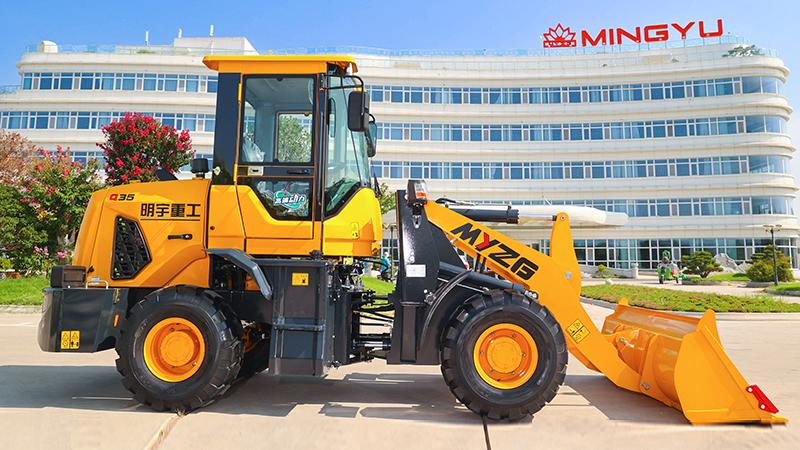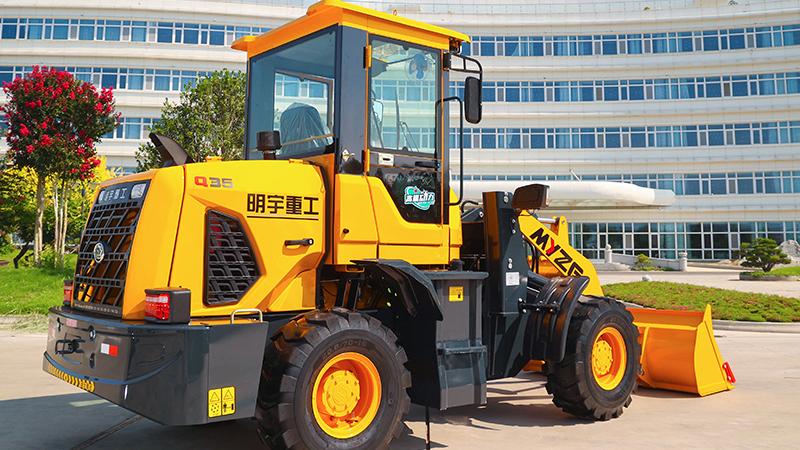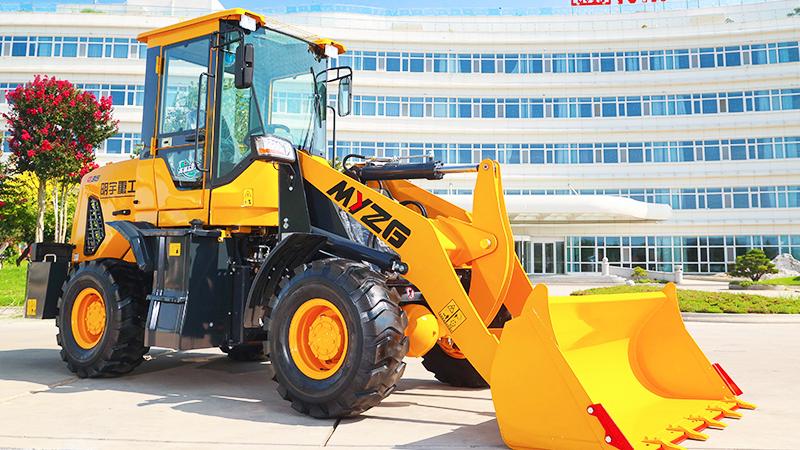The advent of Stage V emission standards, the most stringent tier of regulations for off-highway mobile machinery implemented by the European Union, has fundamentally reshaped the design and operational profile of diesel engines powering modern wheel loaders. These regulations mandate near-zero levels of particulate matter (PM) and nitrogen oxides (NOx), pushing engineering beyond incremental improvements and necessitating the integration of sophisticated aftertreatment systems. Consequently, the maintenance paradigm for a wheel loader equipped with a Stage V engine has evolved significantly from its predecessors. It is no longer solely about routine oil changes and filter replacements; it now encompasses a holistic approach that prioritizes the health and functionality of the entire emission control system. The core of a Stage V powertrain typically includes a complex integration of a Diesel Oxidation Catalyst (DOC), a Diesel Particulate Filter (DPF), and a Selective Catalytic Reduction (SCR) system, all working in concert to clean the exhaust. For fleet managers and equipment owners, understanding the unique maintenance demands of this technology is paramount to avoiding costly downtime, maximizing the machine's productivity, and ensuring compliance. Failure to adhere to these specific requirements can lead to a cascade of problems, from reduced fuel efficiency and power loss to severe engine derates and potentially catastrophic damage to the expensive aftertreatment components. Therefore, proactive and informed maintenance is not just a recommendation but a critical operational necessity for any business relying on a Stage V compliant wheel loader.
The heart of Stage V maintenance revolves around the Diesel Particulate Filter (DPF) and its regeneration cycles. The DPF's function is to trap and incinerate soot particles from the exhaust, preventing their release into the atmosphere. This process of burning off the accumulated soot is known as regeneration. For a wheel loader operator, understanding the different types of regeneration—passive and active—is crucial. Passive regeneration occurs naturally during normal operation when the exhaust temperature is sufficiently high, typically during sustained high-load work cycles. However, wheel loaders often operate in cyclical, low-load applications (such as short loading and tramming cycles) where exhaust temperatures may not reach the threshold for passive regeneration. This is where active regeneration comes into play. The engine's electronic control unit (ECU) will initiate an active regeneration by injecting a small amount of fuel into the exhaust stream to raise the temperature within the DPF to a level where the soot is oxidized. Modern wheel loaders are equipped with dashboard indicators that alert the operator when an active regeneration is needed or in progress. A critical maintenance failure occurs when these alerts are ignored. If the soot load becomes too high, the system may require a forced stationary regeneration, where the machine must be parked in a safe area to perform a high-temperature burn-off. Neglecting this can lead to a condition where the DPF becomes clogged beyond the point of regeneration, necessitating a very expensive cleaning service or complete replacement. Therefore, a key maintenance requirement is operator awareness and allowing the machine to complete its regeneration cycles uninterrupted. Furthermore, using the correct, low-ash engine oil (often classified as API CK-4 or ACEA E9) is non-negotiable. Conventional oils produce more ash, a non-combustible byproduct that accumulates permanently in the DPF, reducing its capacity and efficiency over time, ultimately leading to premature failure.
Complementing the DPF system is the Selective Catalytic Reduction (SCR) system, which is responsible for reducing NOx emissions. The maintenance focus here shifts to the Diesel Exhaust Fluid (DEF), commonly known by its brand name AdBlue. DEF is a carefully formulated mixture of urea and deionized water that is injected into the exhaust stream, where it decomposes into ammonia to react with NOx over a catalyst, converting them into harmless nitrogen and water vapor. For a wheel loader owner, maintaining the SCR system involves several key practices. First, the quality of DEF is paramount; using contaminated or off-spec fluid can damage the sensitive injection pumps and catalysts, leading to thousands of dollars in repairs. DEF must be stored properly, protected from extreme temperatures and sunlight, and used within its shelf life. Second, the DEF tank level must be monitored diligently. Most Stage V engines are designed with a "no-start" feature if the DEF tank is empty, ensuring compliance but potentially causing operational halts if not managed proactively. The filling process must be clean to prevent introducing contaminants into the system. Additionally, the SCR catalyst itself, while generally maintenance-free, can be poisoned by certain contaminants, such as sulfur from poor-quality diesel fuel. This underscores the absolute necessity of using ultra-low sulfur diesel (ULSD) exclusively. The interdependency of these systems means that a failure in one component, like using high-sulfur fuel, can degrade the efficiency of the SCR system and increase the load on the DPF, creating a domino effect of problems throughout the entire aftertreatment system of the wheel loader.
Beyond the specific aftertreatment components, the overall maintenance regimen for a Stage V engine in a wheel loader demands a higher level of discipline and technical expertise. Routine checks remain vital, but their importance is magnified. Engine oil and filter change intervals, for instance, are often extended with modern engines, but they must be followed precisely using only the manufacturer-recommended low-ash oils. Air intake and fuel filtration become even more critical, as any contamination can severely impact the finely tuned combustion process and damage the high-precision fuel injection systems, which operate at extremely high pressures. Perhaps the most significant shift is the increased reliance on advanced diagnostics. These engines are governed by complex ECUs that constantly monitor a vast array of sensors. When a fault code appears, it is no longer a task for a mechanic with a basic wrench set; it requires a trained technician equipped with specialized diagnostic software to interpret the codes accurately. Simple mechanical adjustments are largely a thing of the past; troubleshooting now involves analyzing data streams related to exhaust backpressure, DEF dosing rates, and NOx sensor readings. This emphasizes the need for investment in technician training and a strong partnership with a dealer who has the tools and knowledge to support these advanced machines. Predictive maintenance, leveraging telematics data from the wheel loader to monitor engine health and aftertreatment system performance in real-time, is becoming an industry best practice. In conclusion, while a Stage V compliant wheel loader offers superior environmental performance and often improved fuel efficiency, it demands a correspondingly sophisticated and diligent maintenance strategy centered on its advanced aftertreatment systems, high-quality fluids, and data-driven diagnostics to ensure long-term reliability and cost-effective operation.
Post time:Sep.26.2025



